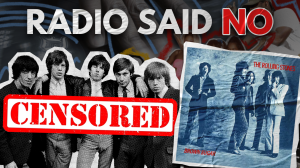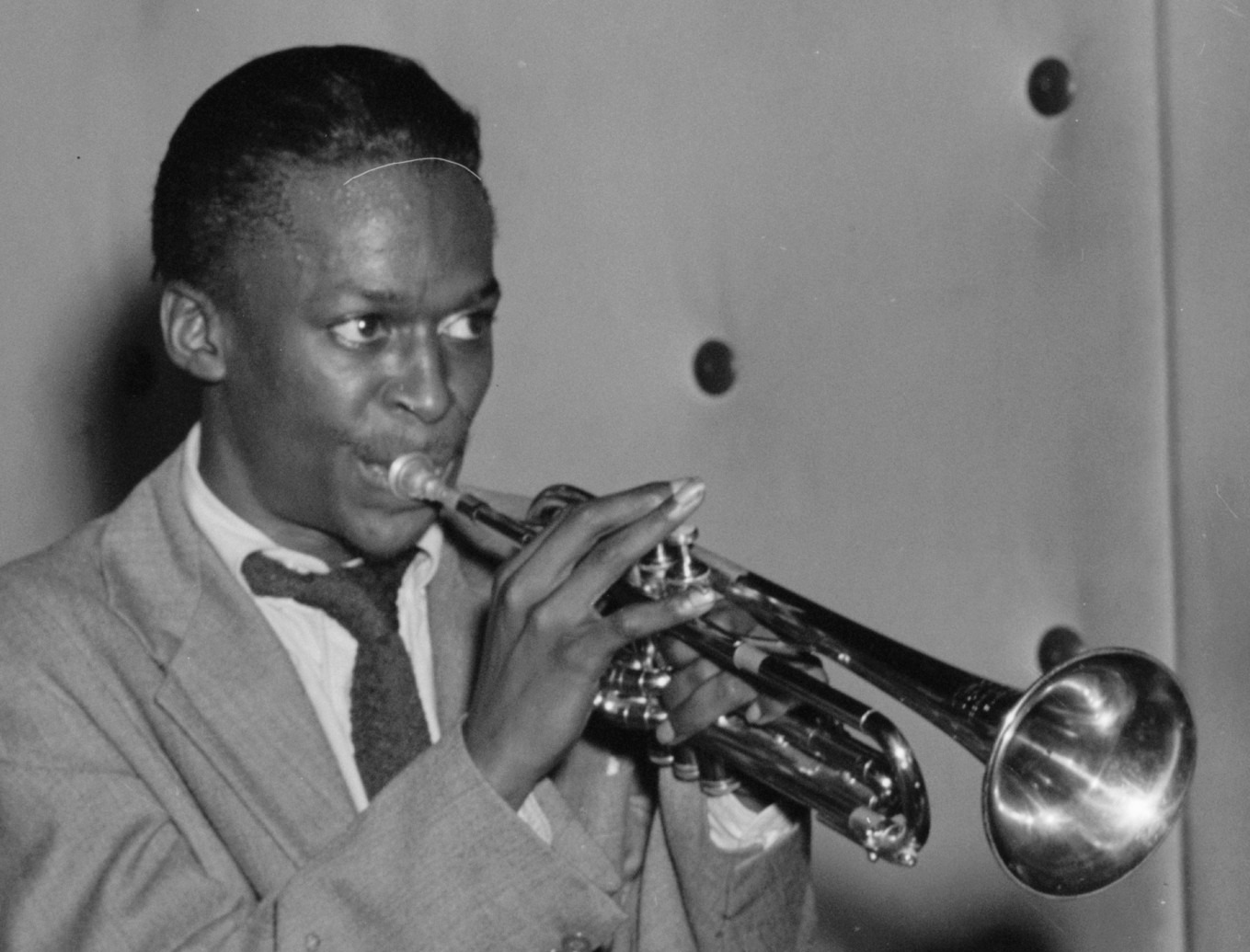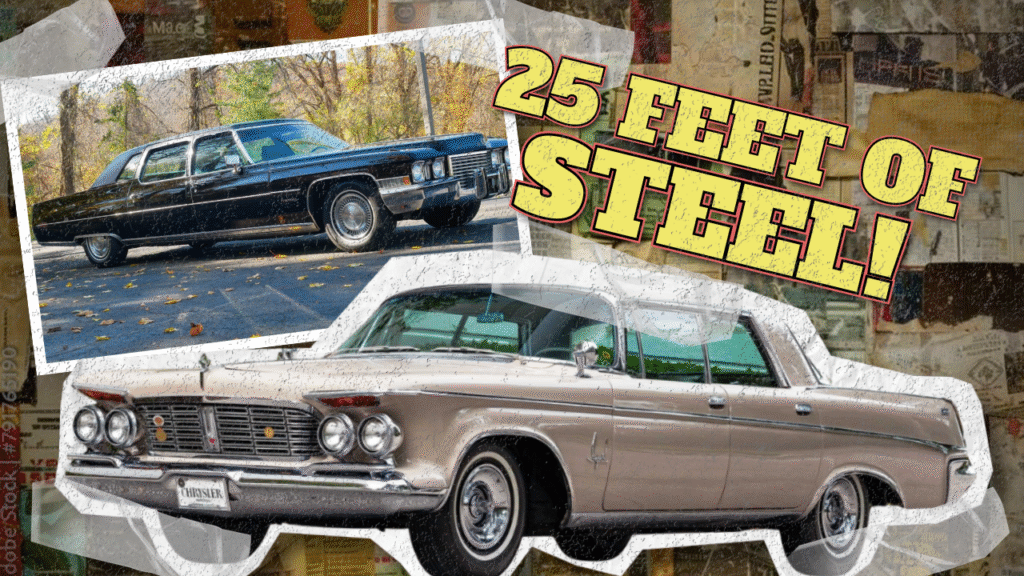
Remember when cars had personalities bigger than rock stars? The 1960s birthed automotive icons that became cultural currency—machines that appeared in everything from Beach Boys songs to James Bond films. They were rolling stages where America’s post-war optimism played out in chrome and steel. Gas cost 25 cents a gallon, parking spots stretched for miles, and your car said everything about who you were.
Detroit’s design studios transformed sheet metal into mechanical manifestations of the same cultural rebellion exploding from your radio speakers. Picture Elvis cruising Graceland’s driveway in a pink Cadillac or Steve McQueen tearing through San Francisco streets. These magnificent monsters defined an era when bigger truly meant better, influencing everything from muscle car design to luxury SUVs rolling off assembly lines today.
10. Mercury Park Lane (1964-1968) Exterior
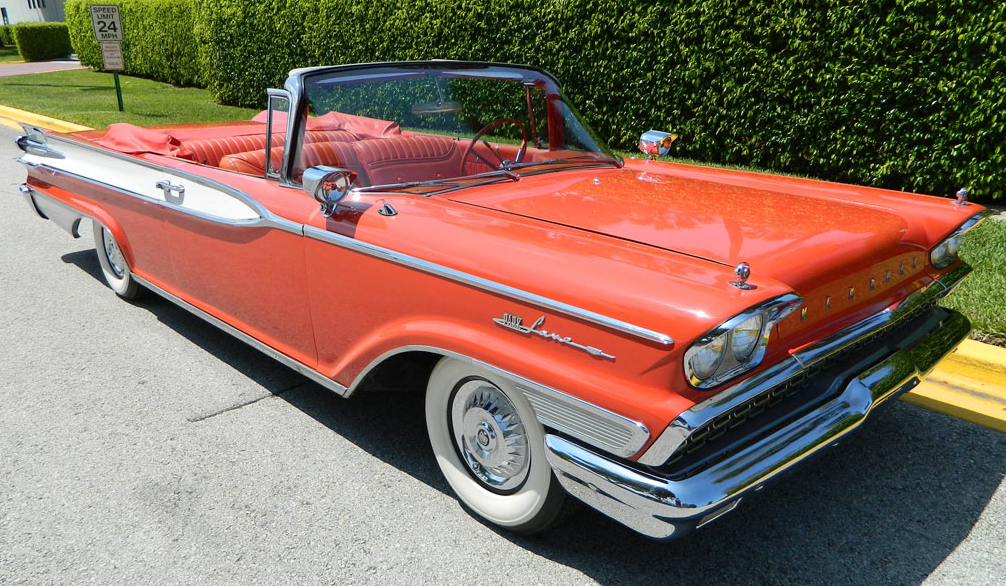
When drivers craved sophisticated luxury without Cadillac prices, the Park Lane delivered 220 inches of refined presence. Mercury positioned this flagship to capture upwardly mobile professionals who wanted something more distinctive than mainstream brands—the automotive equivalent of preferring Blue Note over Columbia Records.
Subtle chrome accents and clean body lines created an understated elegance that whispered rather than shouted, setting a distinctive standard among luxury car review contenders from the era. The grille design balanced aggression with sophistication, while carefully proportioned side trim added visual interest without appearing busy. Mercury’s designers understood that true style doesn’t need to announce itself loudly.
Mercury Park Lane (1964-1968) Interior
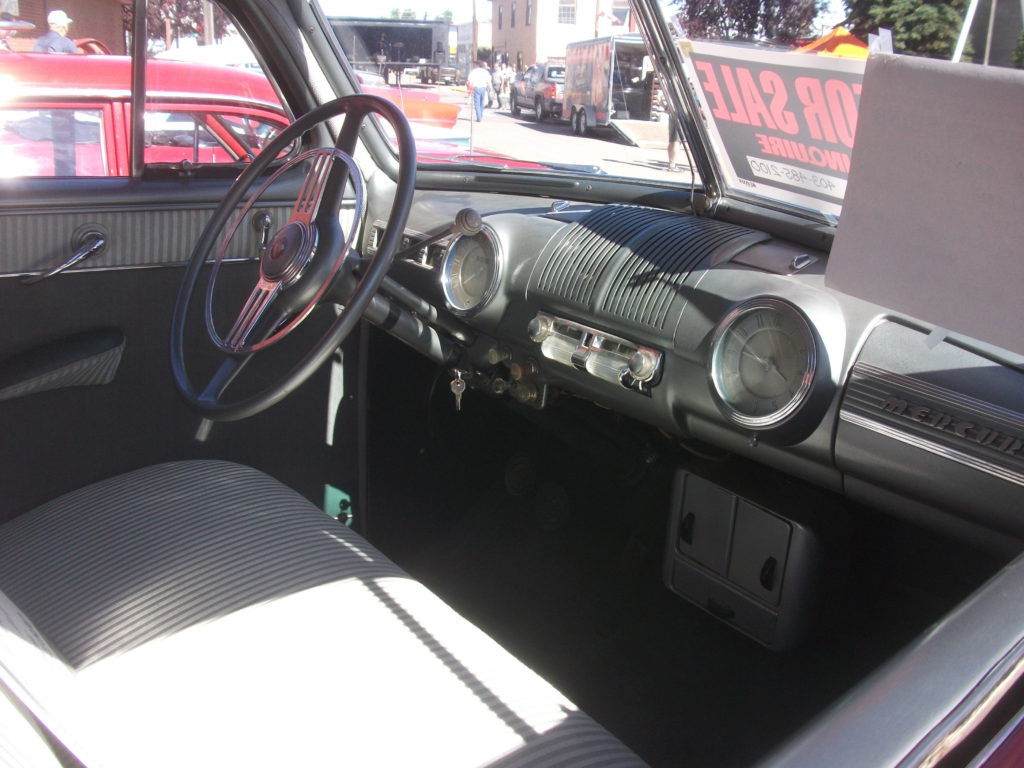
Wood accents and plush seating created an atmosphere of attainable luxury that felt genuinely upscale. The dashboard layout emphasized quality materials over flashy gimmicks, with controls that felt substantial and well-engineered. Deep-pile carpeting and attention to detail created a premium environment.
Optional features like power windows and automatic climate control brought convenience that made daily driving more pleasant. The seating provided genuine comfort for long journeys, with thoughtful ergonomics that reduced fatigue. Mercury succeeded in creating interiors that felt expensive without the premium price tag.
9. Buick Electra 225 (1960-1969) Exterior
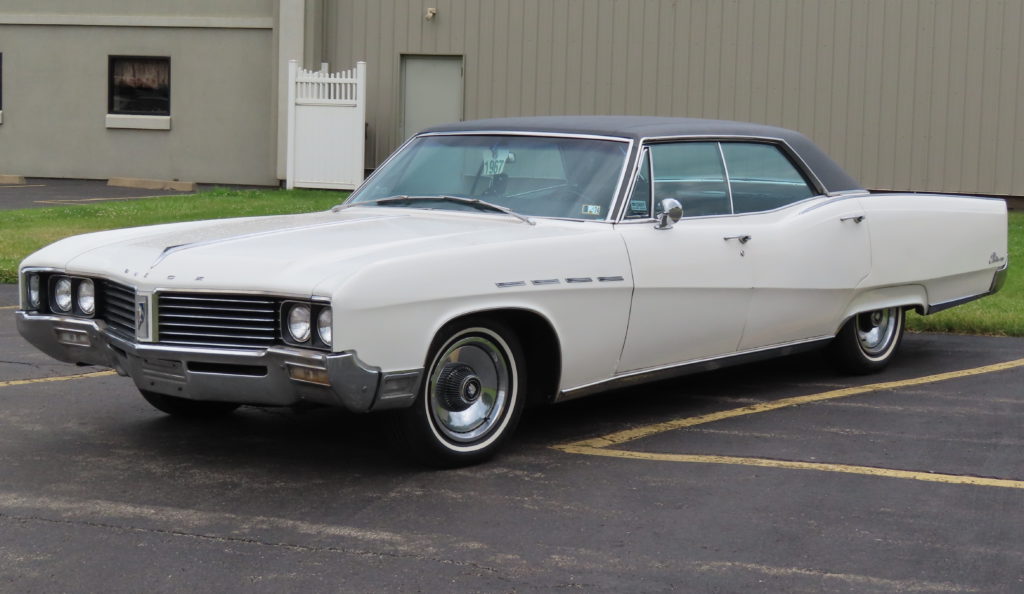
The Electra earned its “deuce and a quarter” nickname honestly—all 225 inches of it. Buick’s designers created proportions that looked substantial without appearing ungainly, achieving visual balance that made the car’s size feel appropriate rather than excessive.
Distinctive portholes and carefully sculpted side panels added visual interest while maintaining Buick’s traditional design language. Chrome work was applied judiciously, emphasizing key design elements without overwhelming the overall composition. The result was exterior styling that looked both modern and classic.
Buick Electra 225 (1960-1969) Interior
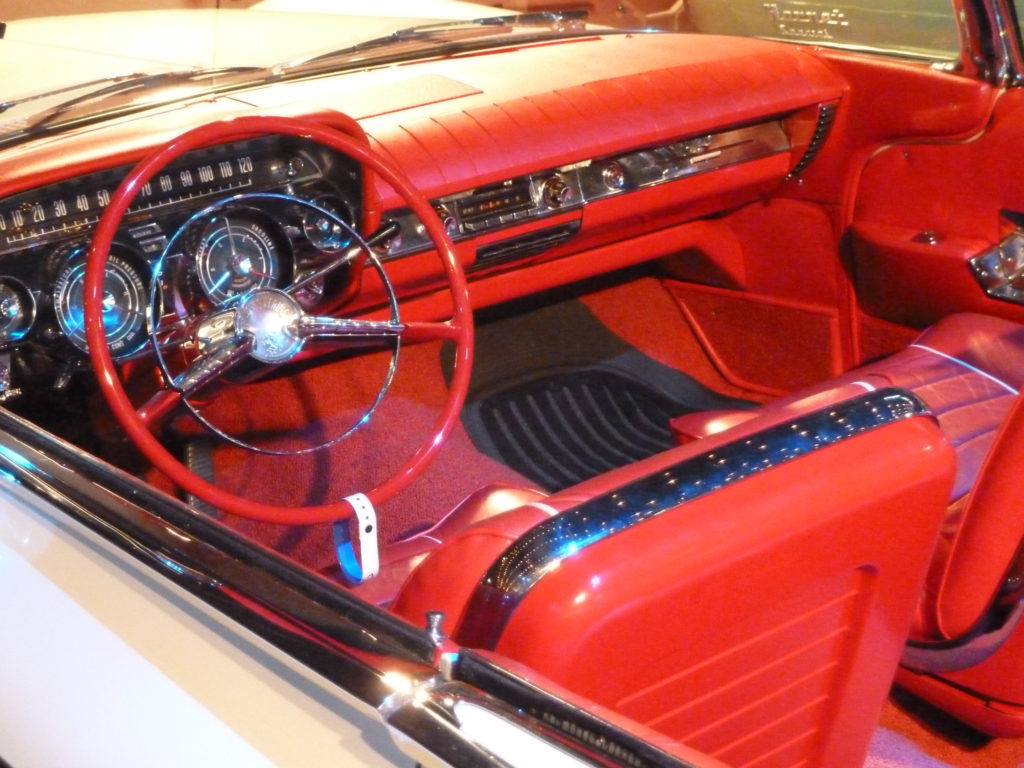
Buick engineers obsessed over noise reduction, creating a driving experience that was almost unnervingly quiet compared to other large cars of the era. Stepping inside felt like entering a recording studio’s isolation booth where outside distractions simply disappeared.
Thoughtful features like tilt steering and speed monitoring systems enhanced driver comfort on long journeys. Plush seating materials and careful attention to interior acoustics created a serene environment that made it the choice of buyers who valued refinement over raw power. Quality construction and logical layout demonstrated Buick’s commitment to genuine luxury.
8. Cadillac Series 75 Limousine (1961-1965) Exterior

At a staggering 244 inches—over 20 feet of handcrafted luxury—the Series 75 wasn’t just transportation; it was a statement piece. Frank Sinatra, Dean Martin, and countless other celebrities made this their ride of choice for premieres and important events. Only 2,000 were built annually, making each one a genuine collectible.
The elongated proportions required masterful design work to avoid looking awkward, and Cadillac’s stylists succeeded brilliantly by maintaining perfect proportional harmony. Quality paint application and chrome work demonstrated manufacturing precision that justified the premium price—roughly equivalent to $200,000 in today’s money. The overall design successfully balanced understated elegance with the commanding presence expected of America’s ultimate luxury statement.
Cadillac Series 75 Limousine (1961-1965) Interior
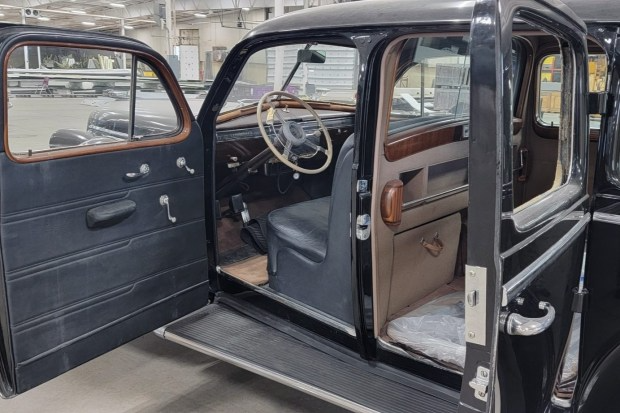
With seating for nine passengers, the Series 75 transformed transportation into an event worthy of a rock star’s entourage. The hushed cabin featured privacy glass, deep carpets, and leather upholstery that created a mobile boardroom environment where important conversations could happen.
Practical touches included foldable jump seats and communication systems between compartments that acknowledged the car’s role as a business tool. Quality materials and meticulous assembly created an environment that felt hand-built rather than mass-produced. The Series 75 wasn’t trying to be practical transportation; it was designed to be the ultimate venue for arrivals that demanded attention.
7. Ford Galaxie 500 (1960-1969) Exterior
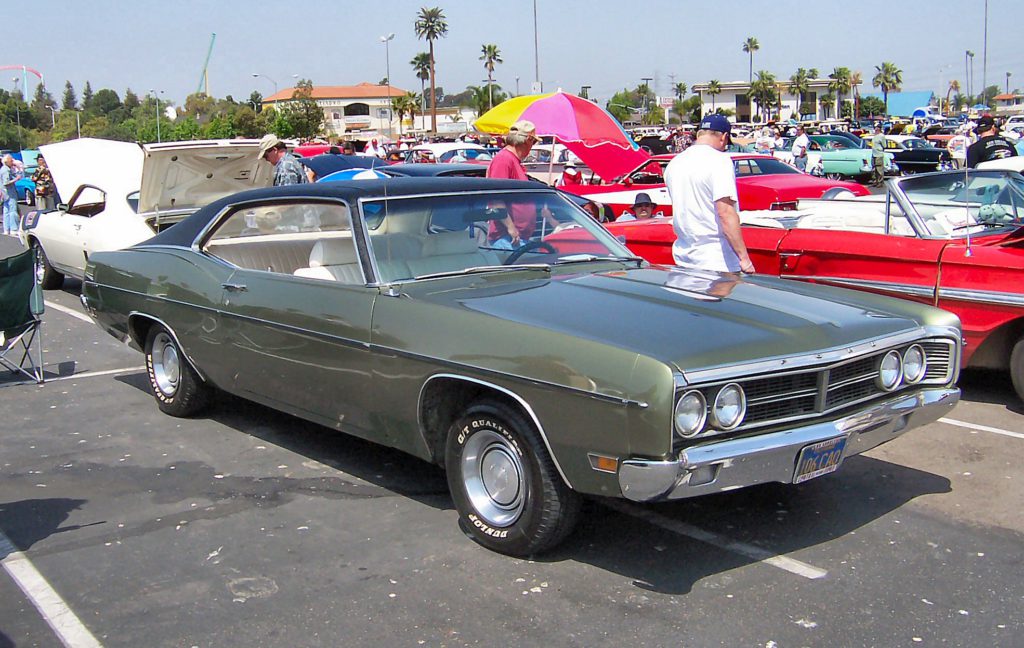
Named during America’s space race obsession, the Galaxie wore its cosmic inspiration proudly across 220 inches of aerodynamically refined Detroit steel. Ford engineers actually tested these beauties in wind tunnels for NASCAR competition, aligning the Galaxie with true NASCAR performance that was available to everyday buyers—Dan Gurney piloted one to victory at Riverside in 1964.
Chrome accents highlighted key design elements without overwhelming the overall composition, while the geometric front grille commanded attention like a perfectly balanced mix. Subtle side sculpting added visual interest that made the Galaxie a favorite among Hollywood stars, appearing in everything from “Bullitt” to countless TV shows of the era.
Ford Galaxie 500 (1960-1969) Interior
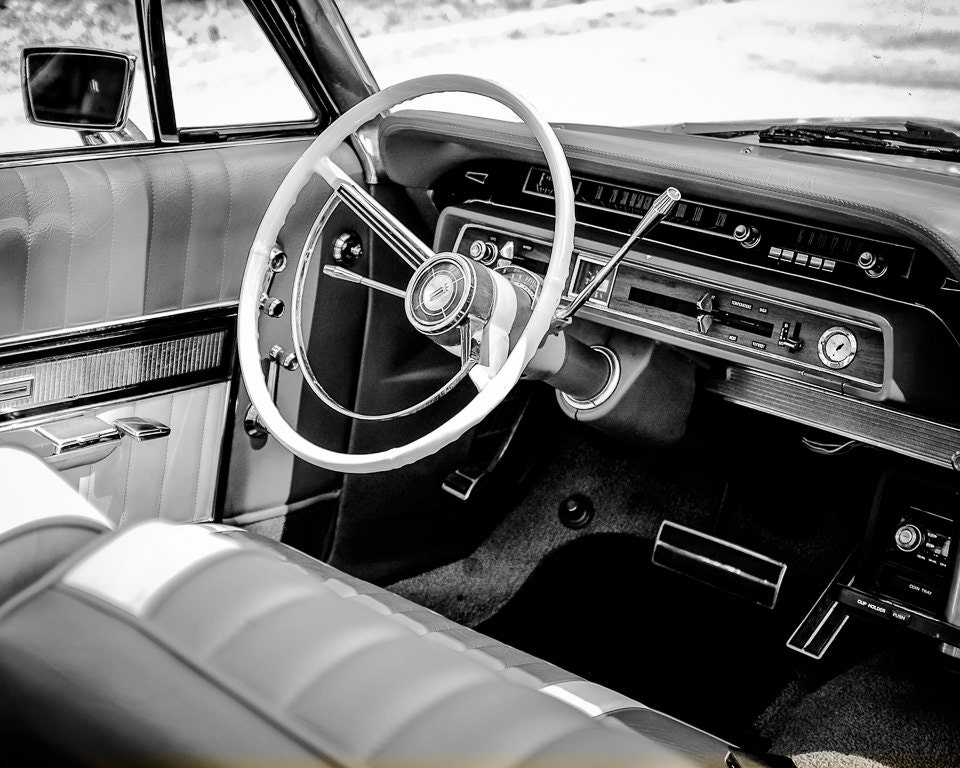
The Galaxie’s cabin felt like a mobile living room, with bench seating that could accommodate six passengers in surprising comfort. Dashboard design emphasized horizontal lines that echoed the exterior styling, creating visual harmony between inside and outside spaces.
Optional features like power steering and automatic transmission made these massive machines surprisingly manageable in daily driving. The instrument cluster provided clear information without unnecessary complexity. Quality materials and solid construction created an environment that felt built to last—the automotive equivalent of vintage tube amplifiers that just keep working.
6. Lincoln Continental (1961-1969) Exterior
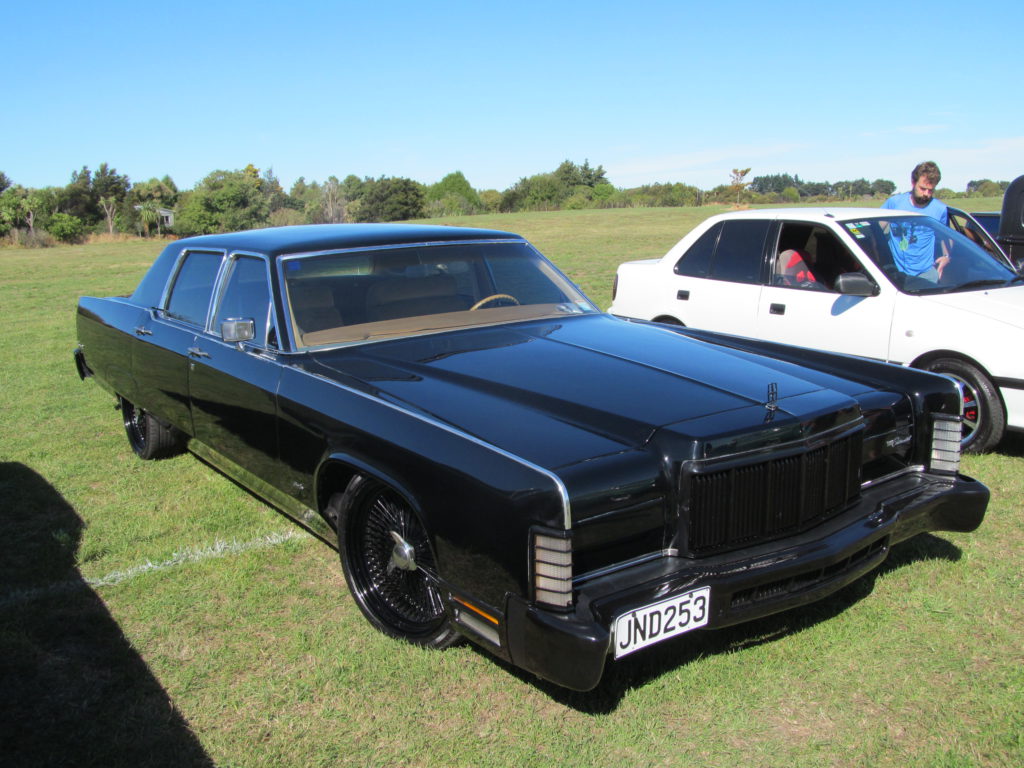
The Continental’s clean, architectural profile made other luxury cars look overwrought and fussy. At 220 inches, its suicide doors and slab-sided design created an unmistakable silhouette that caught John F. Kennedy’s attention—he made it the official presidential limousine until that tragic day in Dallas, forever linking Continental elegance with American history.
Minimal chrome work and restrained styling cues emphasized the car’s inherent sophistication, inspiring luxury car design for decades to come. The distinctive door configuration became a signature element that no other manufacturer could replicate without paying licensing fees. Every line served a purpose, creating visual cohesion that felt both modern and timeless—the automotive equivalent of a Miles Davis recording that never sounds dated.
Lincoln Continental (1961-1969) Interior
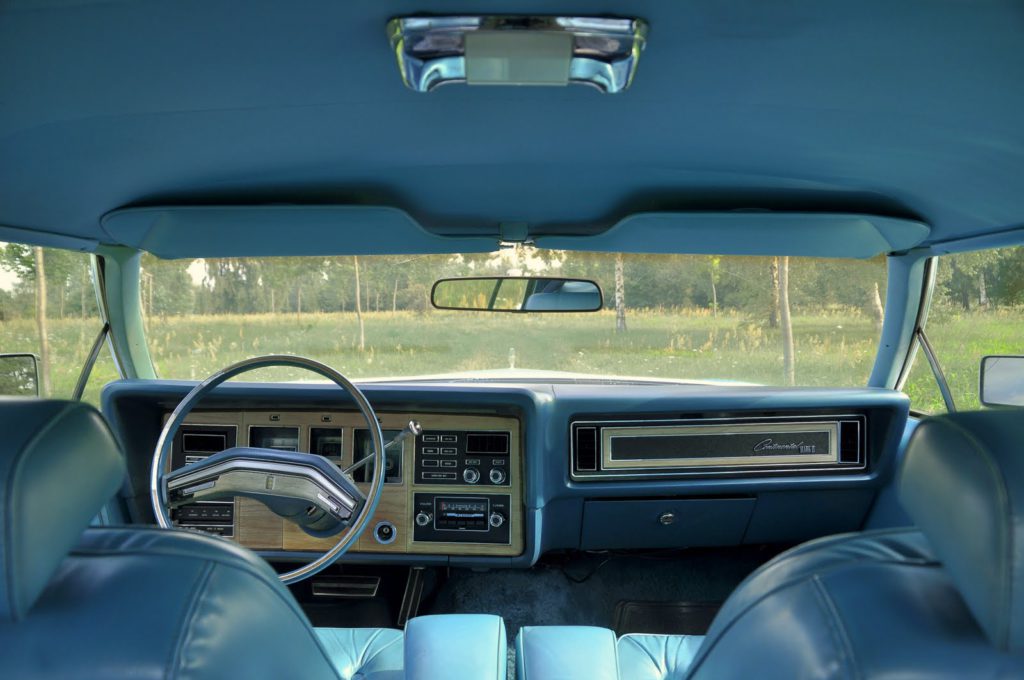
Lincoln engineers prioritized structural integrity with extensive soundproofing that created a vault-like cabin environment. Deep carpeting, supple leather, and automatic climate control transformed every journey into a first-class experience that made the outside world seem distant and unimportant. This dedication to minimalist design proved that true luxury doesn’t need excess to impress.
Thoughtful details like vanity mirrors and reading lights acknowledged the needs of passengers who treated their cars as mobile offices. Quality materials and meticulous assembly created an environment that felt hand-built rather than mass-produced. The Continental became the choice of discerning professionals who understood that true luxury whispers rather than shouts.
5. Cadillac Fleetwood Brougham (1965-1969) Exterior
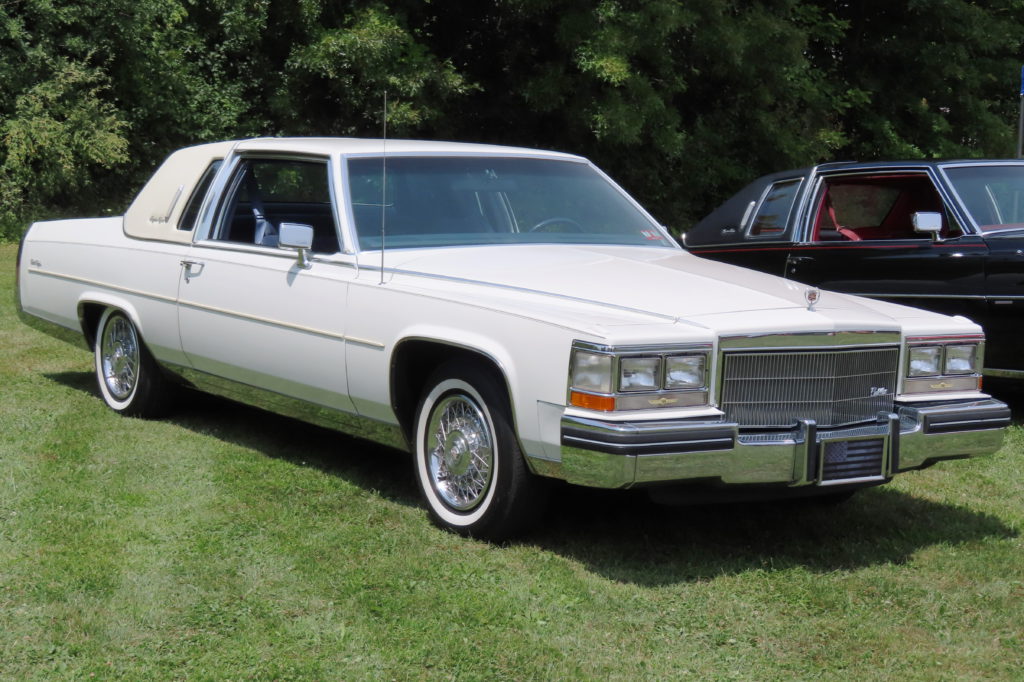
The Fleetwood Brougham represented Cadillac at its most confident—230 inches of uncompromising luxury that made no apologies for its presence. Elvis Presley owned several Fleetwoods, often giving them away to friends and strangers who admired them, cementing the car’s association with American success and generosity.
Distinctive Cadillac styling cues including the signature egg-crate grille and vertical taillight treatment created instant brand recognition from any angle. Annual production rarely exceeded 3,000 units, making each Brougham a genuine exclusive. Chrome work was applied with restraint that emphasized quality over quantity—the automotive equivalent of a Cadillac luxury evolution that whispered prestige.
Cadillac Fleetwood Brougham (1965-1969) Interior

Innovative features like Twilight Sentinel headlights automatically adjusted to changing light conditions decades before adaptive lighting became common. The interior cocooned passengers in comfort that made the outside world seem distant and unimportant, creating a mobile sanctuary of luxury.
Quality materials included rich leather, deep carpeting, and wood accents that felt genuinely premium. Every control and surface demonstrated Cadillac’s commitment to luxury without compromise. Despite practical challenges with parking and fuel consumption, the Brougham proved that luxury and performance weren’t mutually exclusive concepts.
4. Chevrolet Impala (1965) Exterior
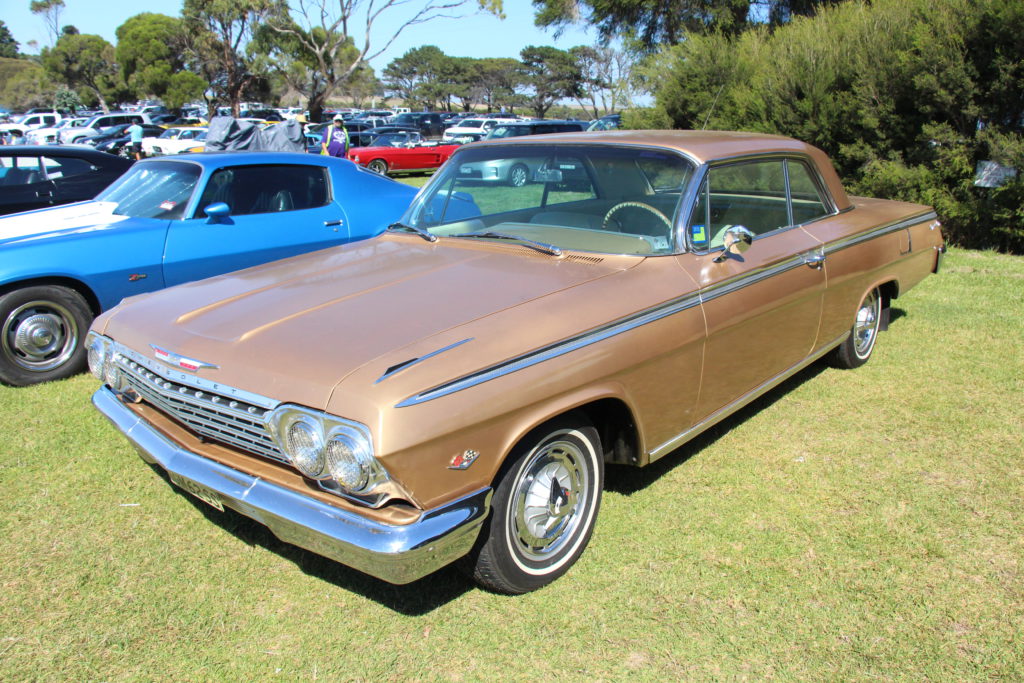
Triple taillights became the Impala’s signature visual flourish, creating a distinctive rear end that said “Chevrolet” from blocks away. The 1965 redesign introduced coke-bottle curves that made the car look like it was moving even when parked—pure kinetic sculpture that sold over one million units that year alone, making it America’s best-selling car.
Dual exhaust tips and subtle SS badging transformed ordinary grocery-getter aesthetics into something with legitimate street credibility. Featured in countless films and music videos, these proportions created that classic American muscle silhouette that still influences designers today. Clean lines and restrained chrome work proved that accessible luxury didn’t need to be flashy.
Chevrolet Impala (1965) Interior
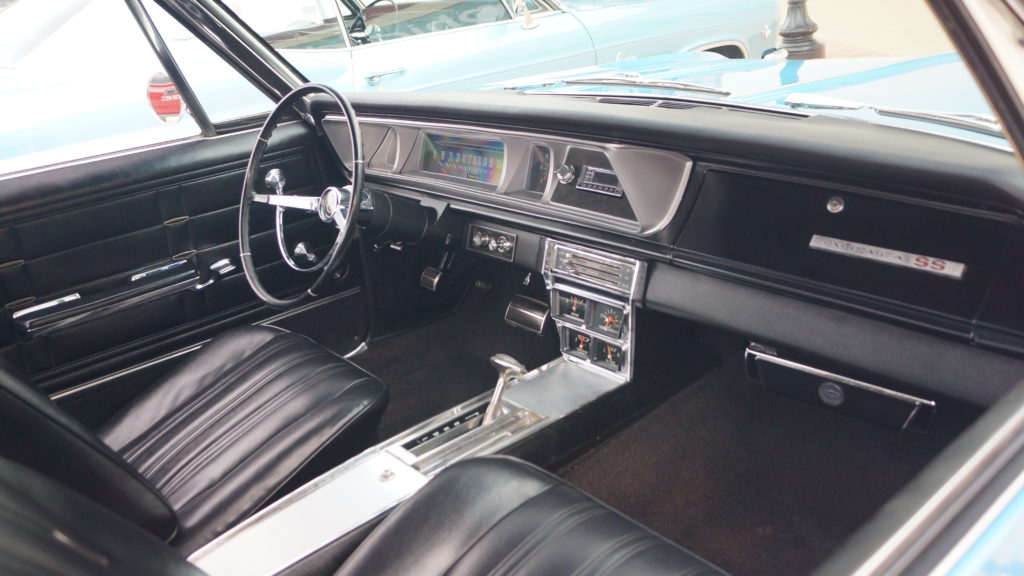
Bench seats accommodated three passengers up front, making the Impala the perfect venue for drive-in dates and road trips with friends. The dashboard layout prioritized functionality over flash, with clear gauges and logical control placement that anyone could master in minutes. Bench seats accommodated three passengers up front, making the Impala the perfect venue for drive-in dates and road trips with friends.
Vinyl upholstery came in multiple color combinations, letting buyers customize their rolling living room—one reason the Impala collector appeal has only grown over the decades. AM/FM radio and air conditioning options brought modern convenience to the masses without the premium price tag of luxury brands.
3. Oldsmobile 98 (1965-1969) Exterior
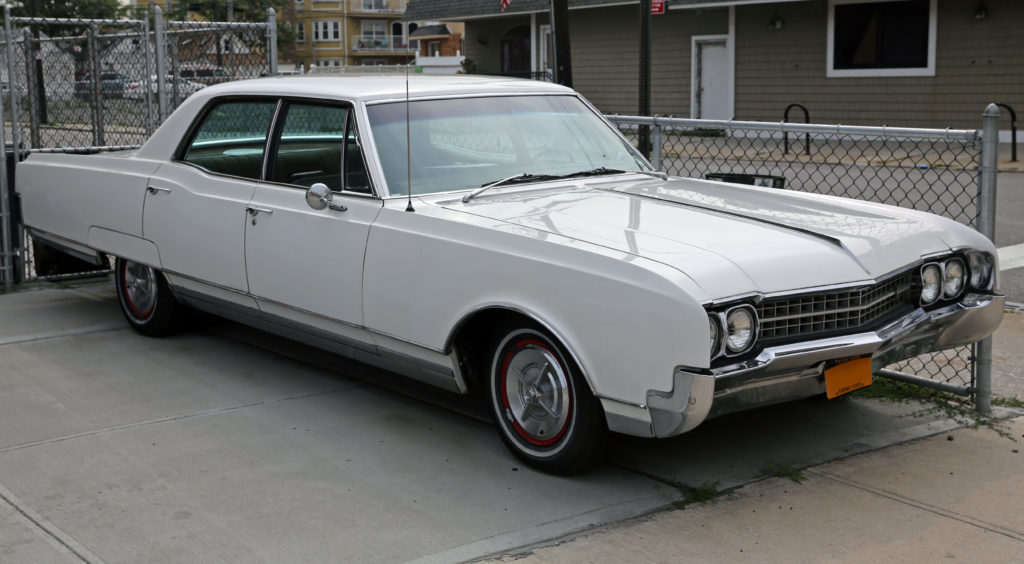
The Oldsmobile 98 stretched 222 inches of Detroit prestige, becoming the preferred choice among established professionals who appreciated its perfect balance of luxury and restraint. Clean lines and thoughtful proportions created presence without ostentation—like a seasoned session musician who never overplays.
Rocket badging and subtle chrome work reinforced Oldsmobile’s performance heritage while maintaining sophisticated aesthetics. The overall design aged gracefully, avoiding trendy styling elements that would look dated within a few years. Quality paint and careful attention to panel gaps demonstrated manufacturing precision that rivaled much more expensive competitors.
Oldsmobile 98 (1965-1969) Interior
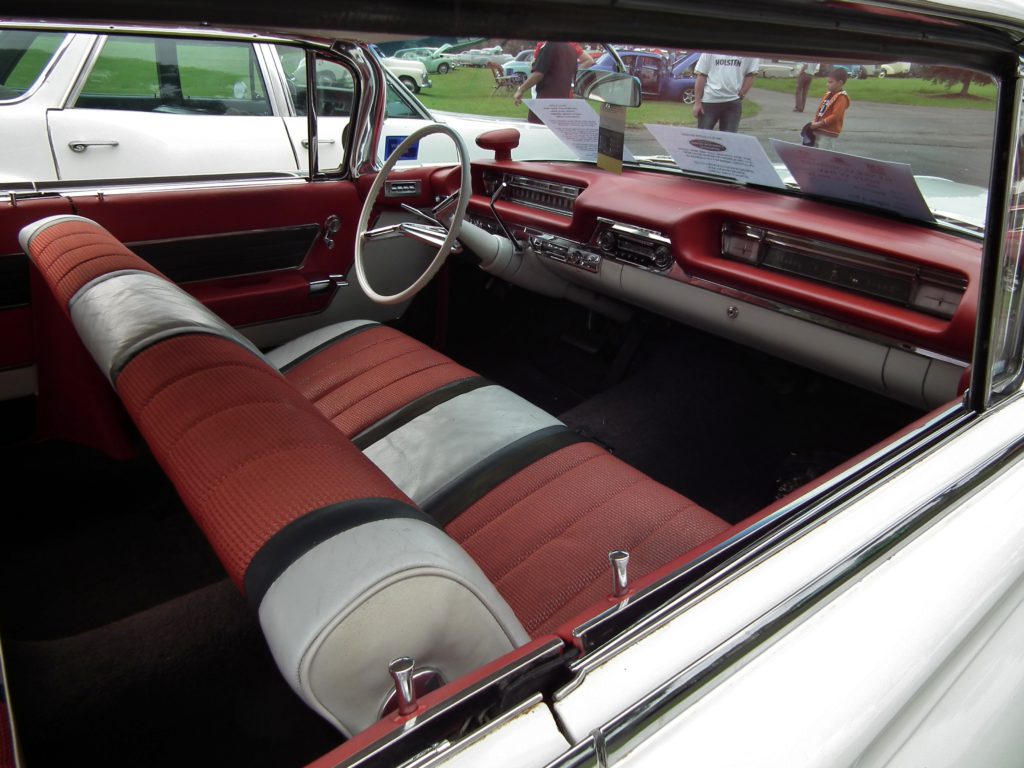
Oldsmobile packed the 98 with forward-thinking technology like transistor radios and cruise control systems that were genuinely useful rather than gimmicky. Premium materials including leather seating delivered the tactile satisfaction expected at this price point without feeling excessive.
Thoughtful ergonomics made long-distance driving more comfortable, with controls placed where they made logical sense. The instrument cluster provided clear information without unnecessary complexity. Interior design balanced luxury with practicality, creating an environment that felt both special and sensible.
2. Pontiac Bonneville (1965-1969) Exterior
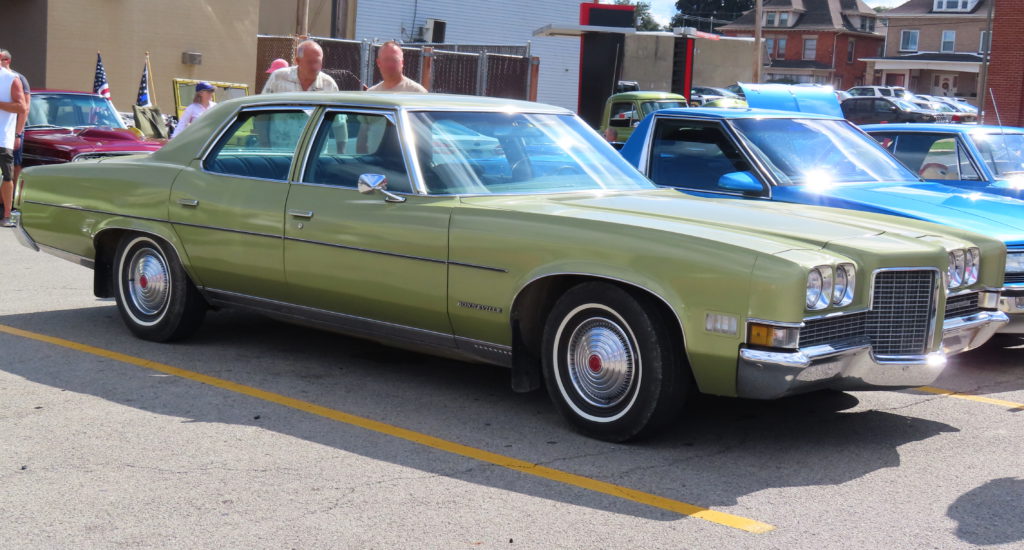
Named after Utah’s famous salt flats where Mickey Thompson set land speed records, the Bonneville introduced Pontiac’s revolutionary wide-track design in 1959. The expanded stance didn’t just look different—it genuinely improved handling while creating instant brand recognition that made Pontiacs identifiable from three lanes away, like hearing a signature guitar tone in the first few notes.
Distinctive stacked headlights became Pontiac’s calling card throughout the ’60s, creating facial recognition that no other manufacturer dared copy. Jim Wangers, the legendary ad man behind “GTO” marketing, called the Bonneville “the car that taught America about performance luxury.” Split grilles and bold chrome work emphasized the car’s racing credentials while maintaining sophisticated aesthetics.
Pontiac Bonneville (1965-1969) Interior
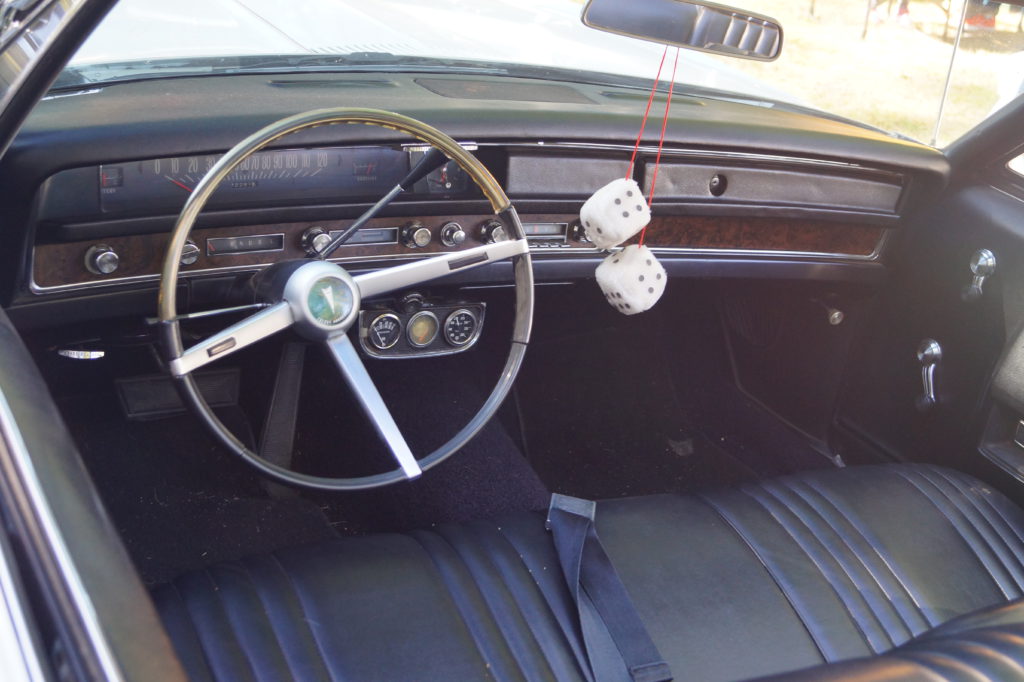
Pontiac designers created interiors that matched the exterior’s bold personality. Rich vinyl and optional leather seating provided comfort that rivaled much more expensive competitors. The dashboard featured logical gauge placement with distinctive Pontiac styling cues that reinforced brand identity.
Thoughtful details like map lights and multiple ashtrays acknowledged how people actually used these cars for long-distance cruising. Optional air conditioning and power accessories brought luxury features within reach of middle-class buyers. The overall environment felt both sporty and refined—perfect for enthusiasts who wanted performance without sacrificing comfort.
1. Chrysler Imperial Crown (1964-1966) Exterior
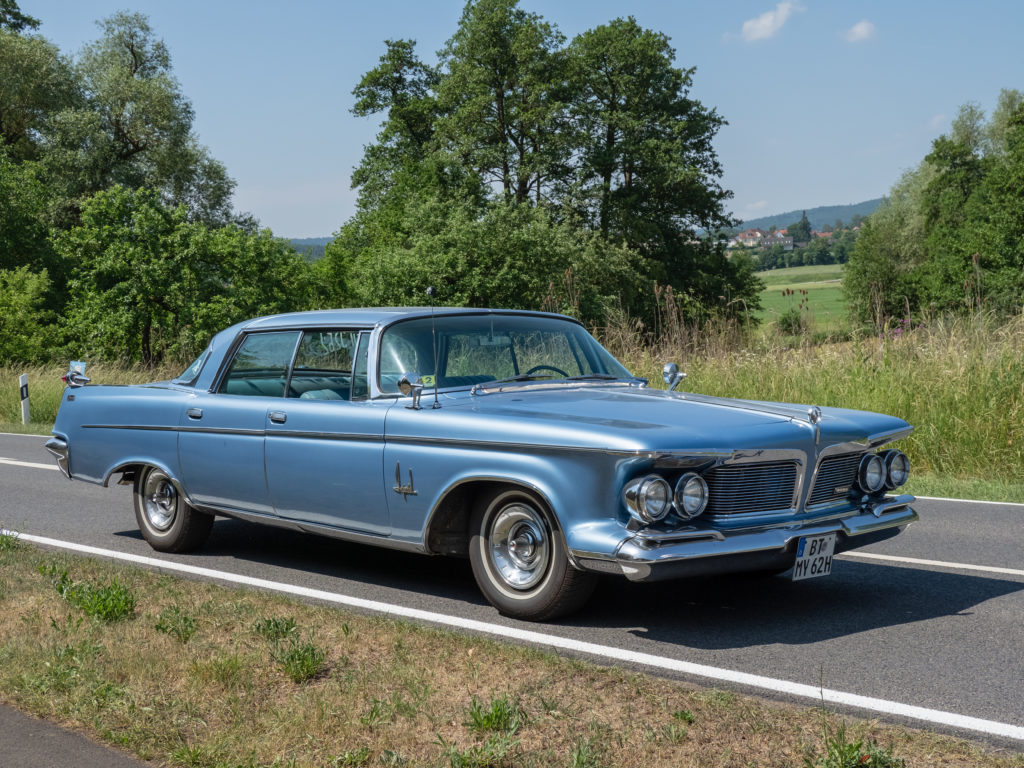
The Imperial Crown wasn’t just competing with Cadillac and Lincoln—it was challenging them to keep up. Stretching 227 inches, its bold chrome details and distinctive styling elements created presence that couldn’t be ignored, like a power chord that cuts through any mix.
Freestanding headlights and gunsight taillights ensured nobody mistook this flagship for anything else on the road. The overall design balanced elegance with drama, creating visual impact that felt appropriate for Chrysler’s luxury flagship. Every styling element served to emphasize the car’s premium positioning.
Chrysler Imperial Crown (1964-1966) Interior
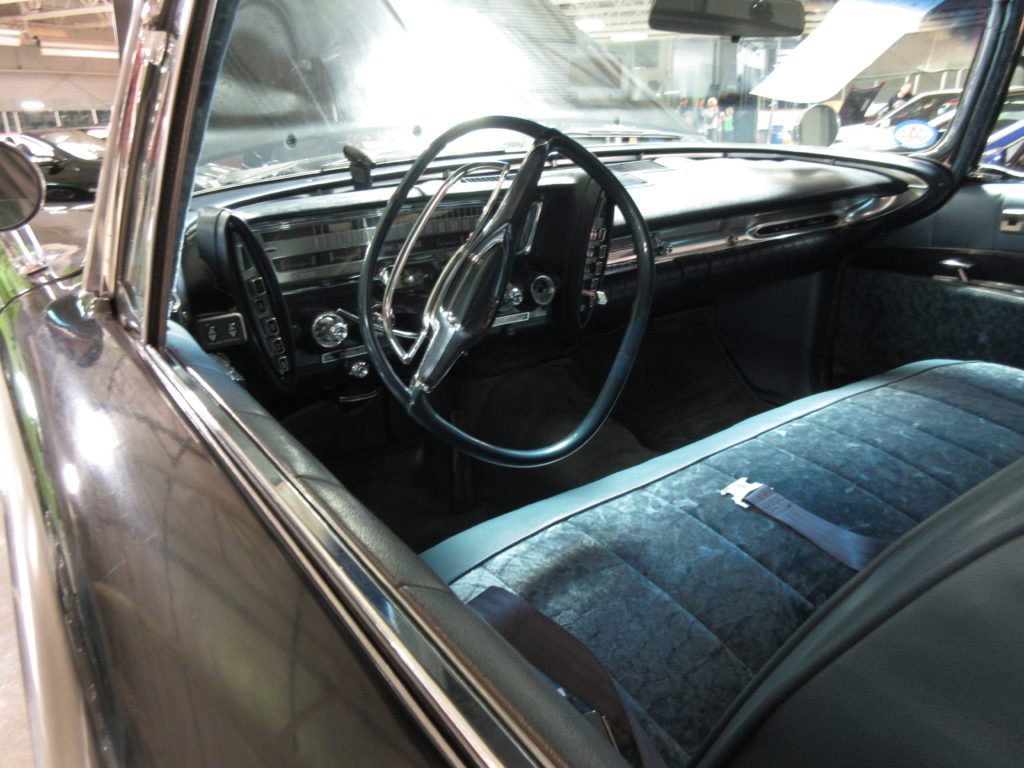
Advanced features like autopilot cruise control and climate control delivered a driving experience that matched the exterior’s visual drama. The cabin environment emphasized luxury materials and thoughtful engineering that created genuine comfort for all passengers.
Attention to detail included features like automatic headlight dimming and power seat adjustments that were genuinely innovative for the era. Quality leather and interior materials, plus solid construction created an environment that felt built to last—the automotive equivalent of vintage tube amplifiers that just keep working.






